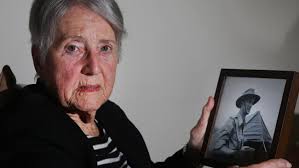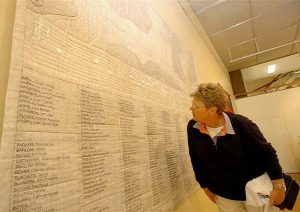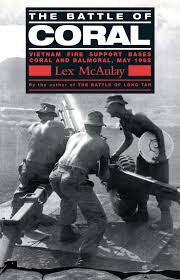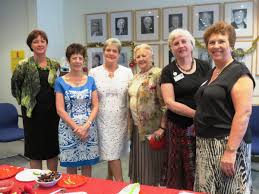The Turnbull Government will ensure all Australian Defence Force Personnel (ADF) are ready for the opportunities of post-service life.
Getting a good job, launching a new career is essential to ensuring our veterans make the most successful transition from the ADF. Our ADF personnel leave the military with unique skills and can make valuable contributions to business. It is in everyone’s interests to recognise the talents of our veterans and encourage the private sector to take advantage of that expertise.
The private sector is best placed to develop strategies to recognise the skills of our veterans during the recruitment stage and to retain them in employment. Today the Government announced the formation of an Industry Advisory Committee on Veterans’ Employment of leading Australian business people that will consider how to mentor ADF personnel and translate ADF skills for the private sector. All participating businesses will be given the title ‘Veteran Employment Ambassador’.
The excellent work done by small, medium and large businesses employing veterans will be recognised at an annual Prime Minister’s Veterans Employment Annual Awards. The criteria for the awards will be developed in consultation with the Industry Advisory Committee.
Businesses will be encouraged to partner with a local Ex-Service Organisation, such as the RSL and Soldier On, to develop strategies for driving veterans’ employment through an Ex-Service Organisation Industry Partnership Register.
The Government will help our ADF personnel by improving the transition from the Defence force into their post-service careers. All personnel will have appropriate documentation, including health records, superannuation and training records, and participate in the formal transition process before separating from the ADF. All separating ADF personnel will also have access to employment coaching services to help them seek and obtain employment.
The Australian Public Service Commission (APSC) will participate in the transition process and develop a toolkit for veterans seeking employment in the public service. The APSC will also improve information for veterans seeking employment in the public service and launch an online tool for aligning ADF rank to APS classification. The new APSJobs website will include specific information for veterans seeking employment in the APS when it launches in 2017.
An information page for veterans will be created on the Government’s jobactive website. Employers uploading job vacancies will have the option to nominate if the position would be suited to a former ADF member.
The Government has a responsibility to the men and women who defend our liberties. Raising awareness about the unique skills our veterans can bring to any business and smoothing their transition out of the ADF will help even more veterans continue their contribution to Australia.
17 November 2016
Media enquiries:
Prime Minister’s Office: Kathryn McFarlane 0419 850 201
Minister Tehan’s Office: Byron Vale 0428 262 894
Veterans and Veterans Families Counselling Service (VVCS) can be reached 24 hours a day across Australia for crisis support and free and confidential counselling. Phone 1800 011 046 (international: +61 8 8241 45 46). VVCS is a service founded by Vietnam veterans.







Recent Comments